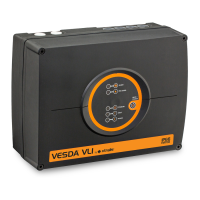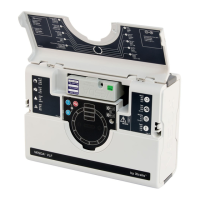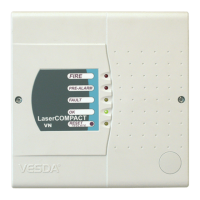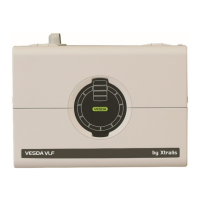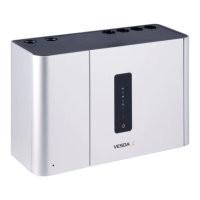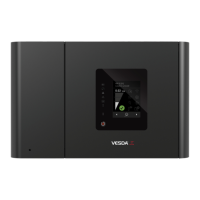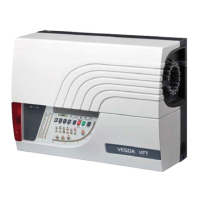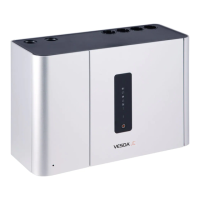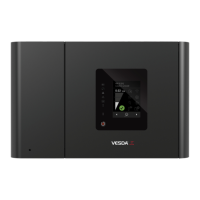VESDA by Xtralis VESDA PipeNetwork Design Guide
www.xtralis.com 27
5 Defining the Site
5.1 Regulatory Requirements
Local codes and standards determine the maximum spacing between pipes and sampling holes. These
maximums may change depending on the environment being protected. Local codes and standards for
aspirating smoke detectors will have precedence over any parameters suggested by Xtralis. Some of the key
requirements are listed below.
l Maximum permissible transport time
l Maximum area for a fire zone
l Area of coverage per sample hole (point detector)
l Maximum spacing between sampling points
l Maximum area for aspirating systems
5.2 Fire Zones and VESDA Addresses
Fire zones are created to meet regulatory requirements, whereas, VESDA Addresses (also known as VESDA
Zones) are areas that can be monitored by one VESDA detector. VESDA addresses are created for the
system to operate within defined parameters for optimum smoke detection.
Site conditions have an impact in defining VESDA Addresses. Some key guidelines need to be observed
when creating an Address.
l One detector can monitor only one VESDA Address
l The VESDA Addresses must comply with the local codes and standards
l The environmental conditions within each VESDA address should be the same. For example, the level
of pollution and ambient air pressure within each VESDA Address should not change.
l The appropriate VESDA detector parameters are met.
Legend
A A single physical fire zone C CPUs and storage sub-systems E Power supply
B Two VESDA Addresses D Modems, printers and multiplexers F Media storage
Figure 5-1: Constructing VESDA Addresses
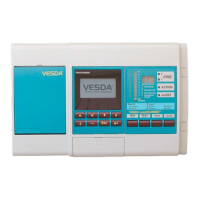
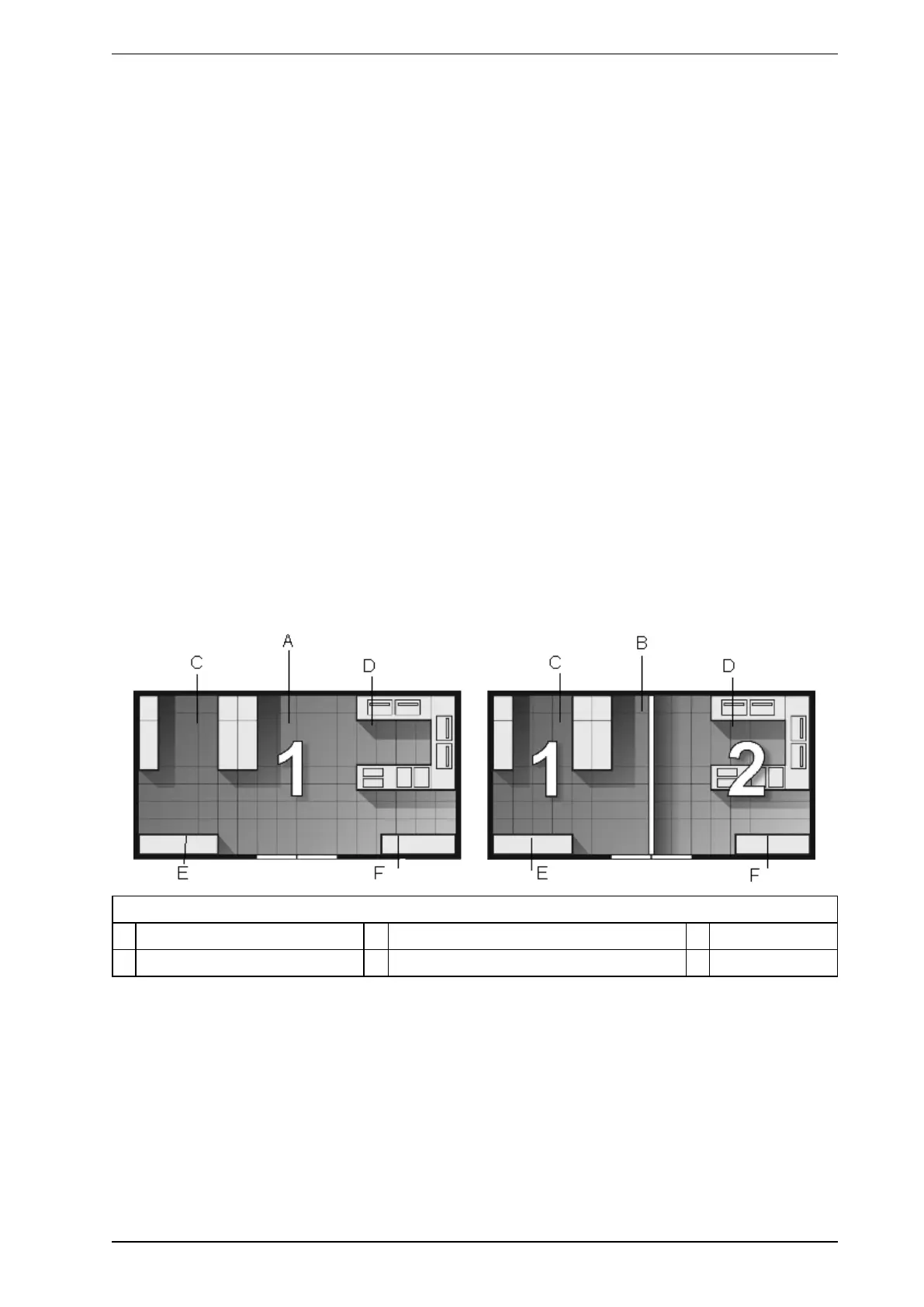